“Artsakh was cut with scissors, that’s I am now living in this part, in Yerevan,” says 7-year-old Argishti in an Artsakh dialect. “And the yards, bicycles, dolls, teddy bears... and the endless longing was left behind in the other chopped part. Let’s hope it’s temporary,” adds Nelli Baghdasaryan, co-author of the idea of “Artsakh. My Childhood Street | 101 Stories” project. Argishti is one of the 101 children participating in the project.
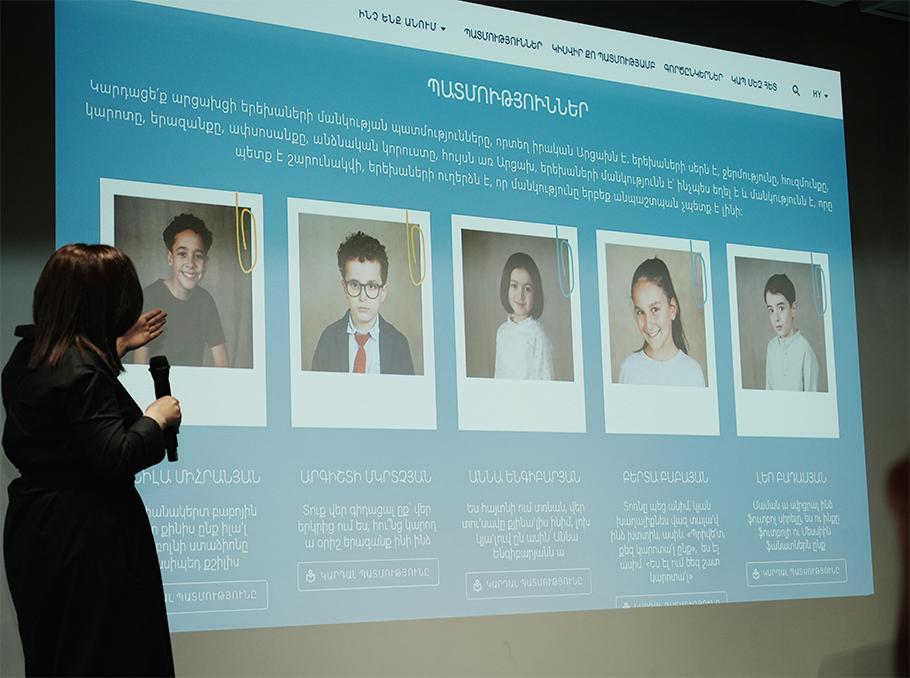
Photo: Mediamax
“Artsakh. My Childhood Street | 101 Stories” project was implemented with the aim of using and preserving the dialect of Artsakh. Within the framework of the project, interviews were conducted with 101 Artsakh children aged 5 to 15, who have been living in Armenia since their forced displacement in 2023. The children told memories of their city, village, yard, games, friends in the Artsakh dialect, which were posted on the project website.
The project was implemented with a grant from the Armenian General Benevolent Union (AGBU). Artsakhchildhood.com website was presented on February 19, 2025.
“These stories are about the childhood of Artsakh children which they left behind in Artsakh. They convey emotions and moods. But these stories are also serious documentary materials, which have also been translated into English and reveal the real Artsakh - the bright and sincere environment of children, their adventures, achievements, successes, failures, longing, and dreams,” Nelli Baghdasaryan, project manager and co-author of the project idea, said in an interview with Mediamax.
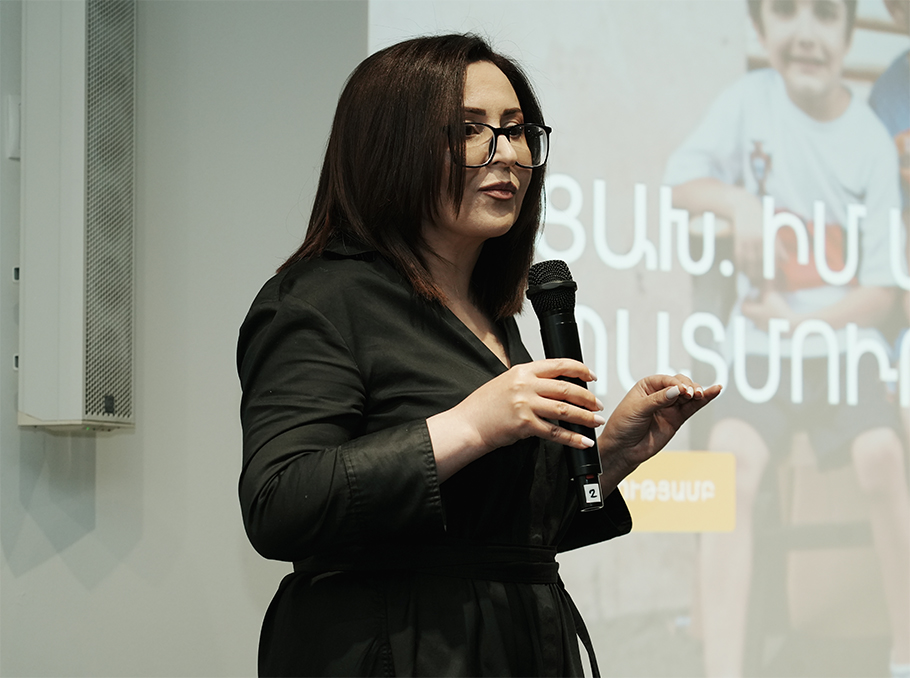 Nelli Baghdasaryan
Nelli BaghdasaryanPhoto: Mediamax
“Children are the most vulnerable group when it comes to losing the Artsakh dialect as a result of Azerbaijan’s policy of ethnic cleansing. By uncovering children’s stories we had to solve a very serious problem, however their memories were covered with a thick layer of war and displacement. I thought that if suddenly the children felt embarrassed and did not want to speak, I would give up the project, but they created the opposite picture,” says Nelli.
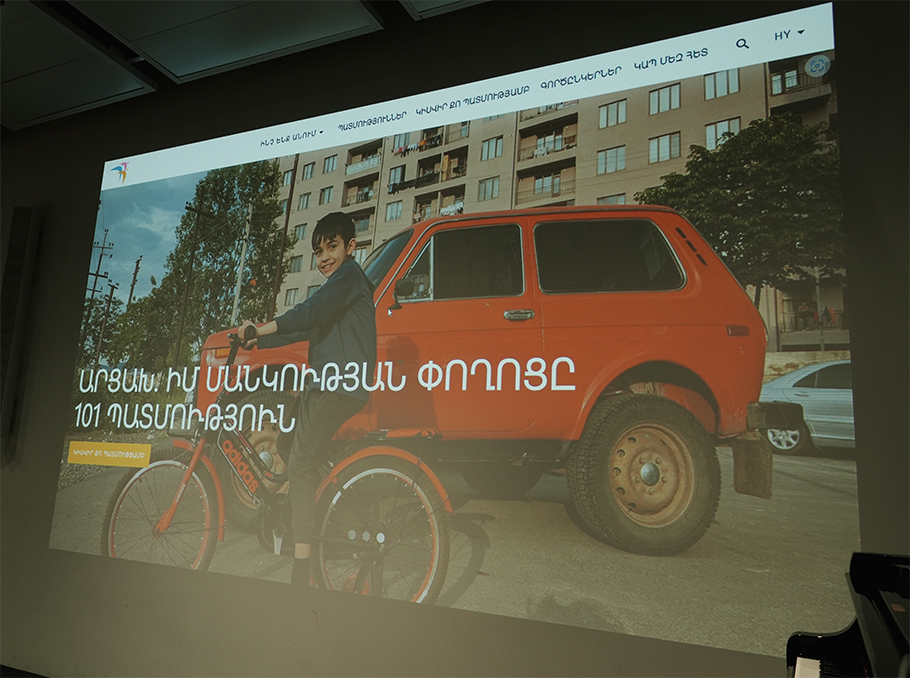
Photo: Mediamax
The stories have not undergone any changes and are presented the way the children have experienced and shared them.
“The way one of the children, Tigran, spoke about the blockade could have left an impression that it was a good thing (laughs - ed.). He recalled how close the children and the adults became during the blockade, how great the empathy was. Most of the children’s stories are about their fathers. Only later did we learn that some of these children had lost their fathers. In their stories, the children denied what had happened and refused to accept the fact that they had lost their fathers, but we did not alter their stories,” says the co-author of the project.
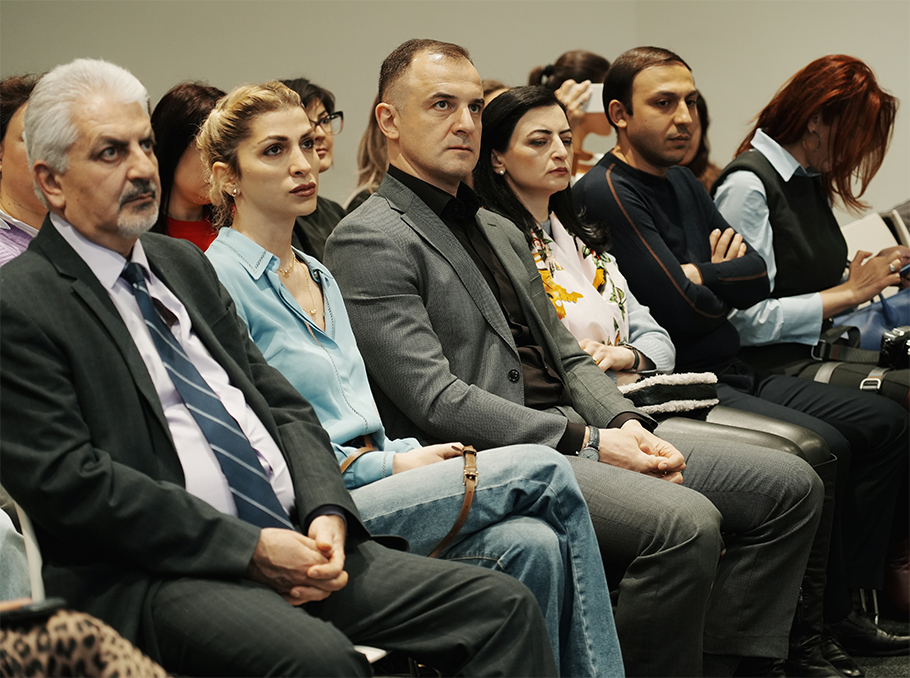
Photo: Mediamax
Nelli notes that the transcription of the texts in dialect was carried out using internationally recognized methodologies. “Our dialectologist Liana Minasyan has done a tremendous work, so have our translators. While translating the children’s stories from the Artsakh dialect into English we tried to preserve their authenticity due to the goal and idiosyncrasy of the project
In addition to the main team, the volunteers who joined us also have a great contribution to the implementation of the project. Thanks to them we were able to complete the project on time.”
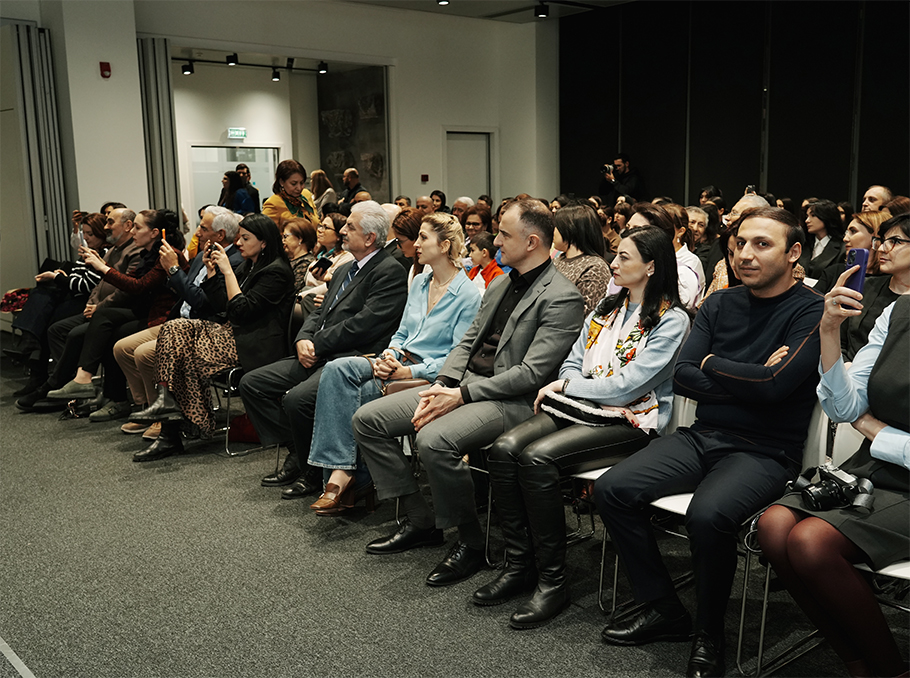
Photo: Mediamax
According to Nelli, the name “101 Stories” was not chosen randomly: “I chose this name on purpose, because 101 means 102, 103..., it testifies to the continuity of the children’s stories. This stage of the project can be considered a success. A digital platform, which not only collects documentary material, but also facilitates the creation of connections between children from Artsakh and the formation of their networked community, was created with the aim of using and preserving the Artsakh dialect.”
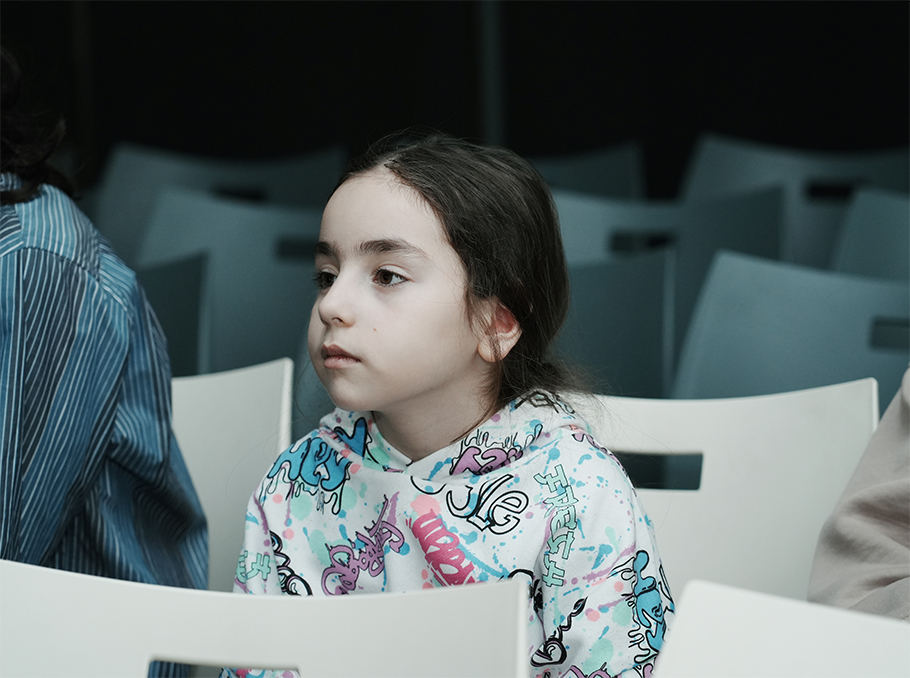
Photo: Mediamax
Each child from Artsakh can share their story on the website. It is also open to children from Artsakh who are now in different parts of the world, allowing them to participate in interviews remotely.
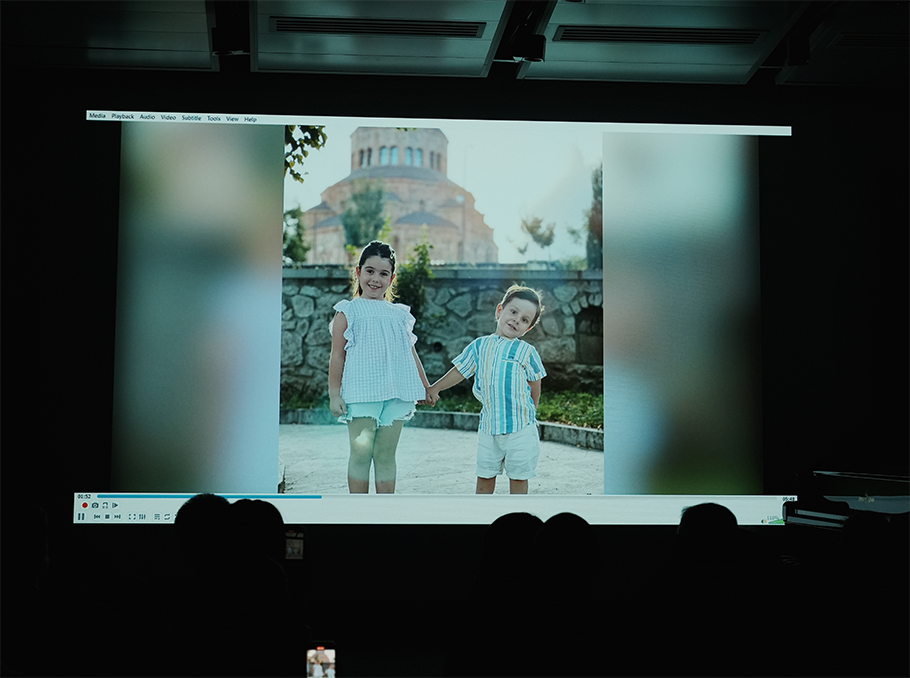
“Artsakh: My Childhood Street | 101 Stories” project conveys the following message for the adults of the world: “Nowhere in the world should childhood be unprotected.”
Arpi Jilavyan
Photos by Agape Grigoryan








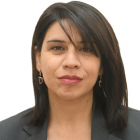
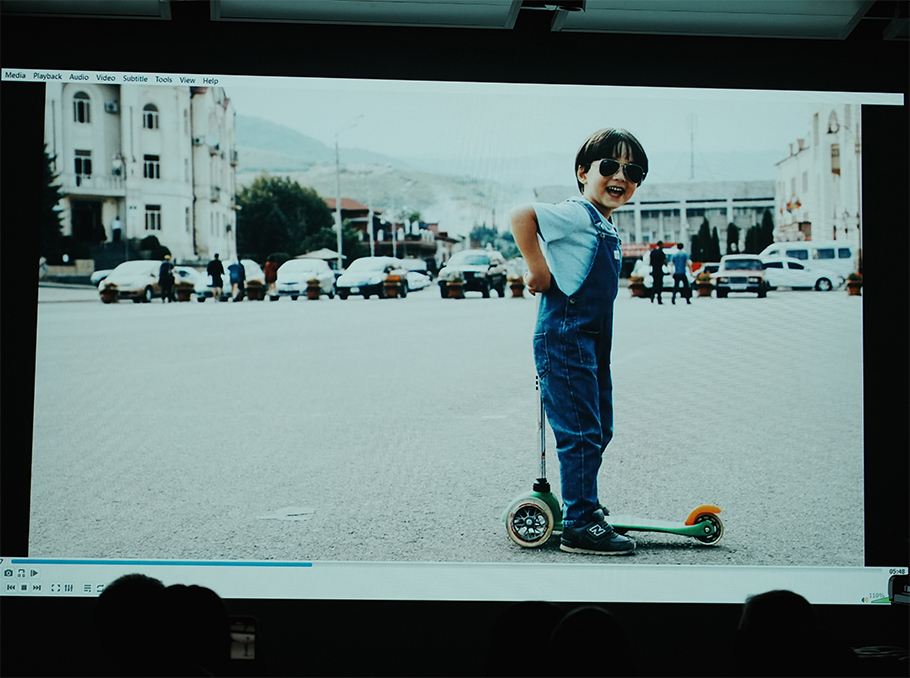
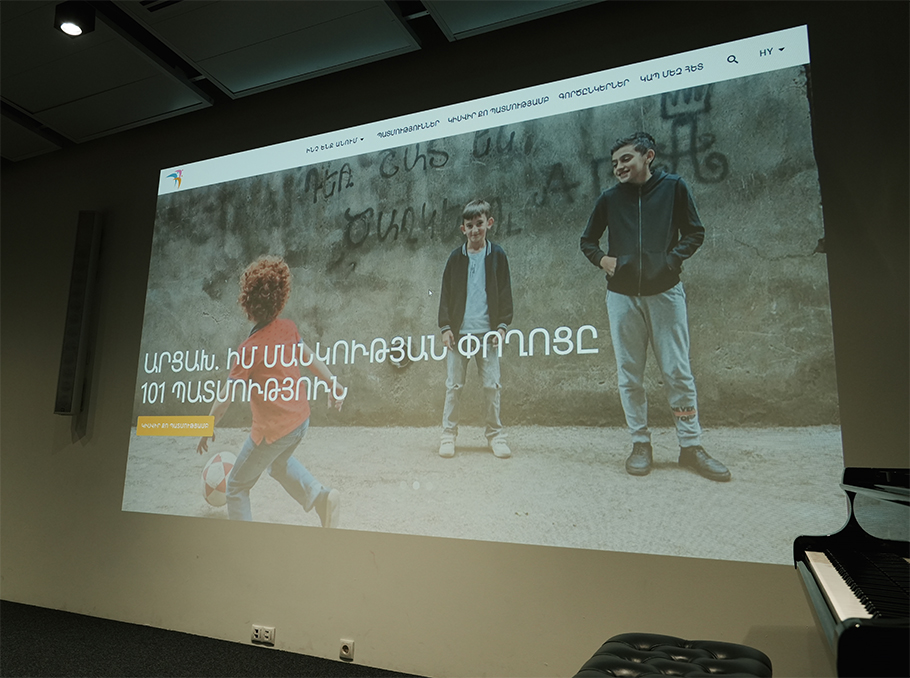
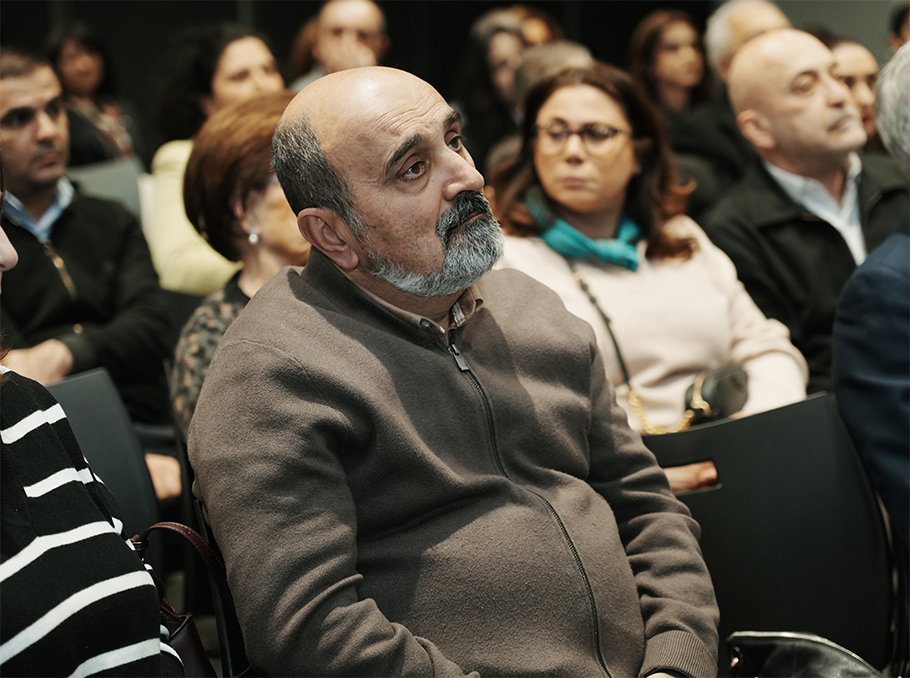
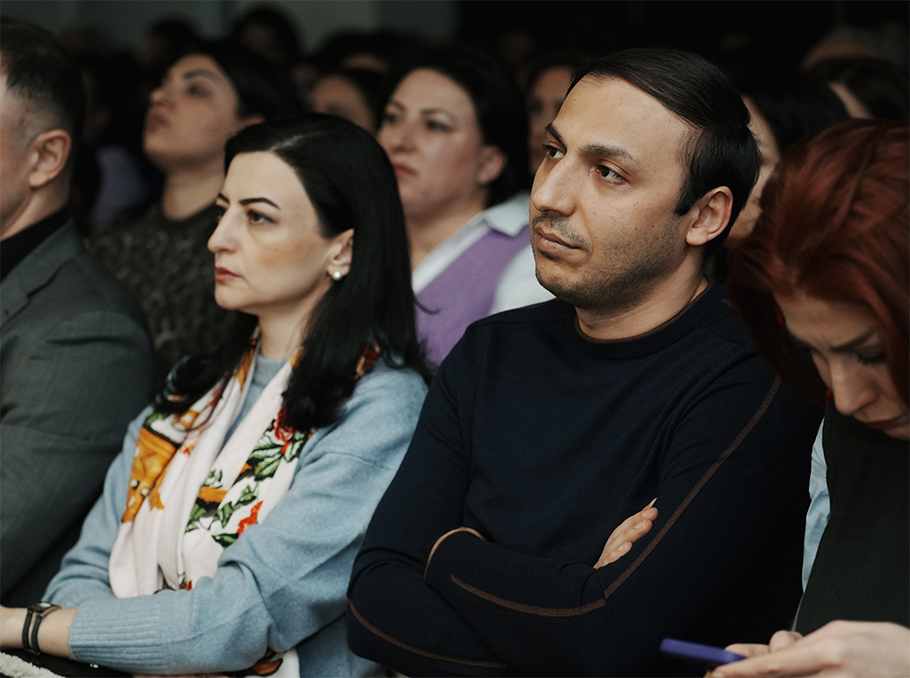
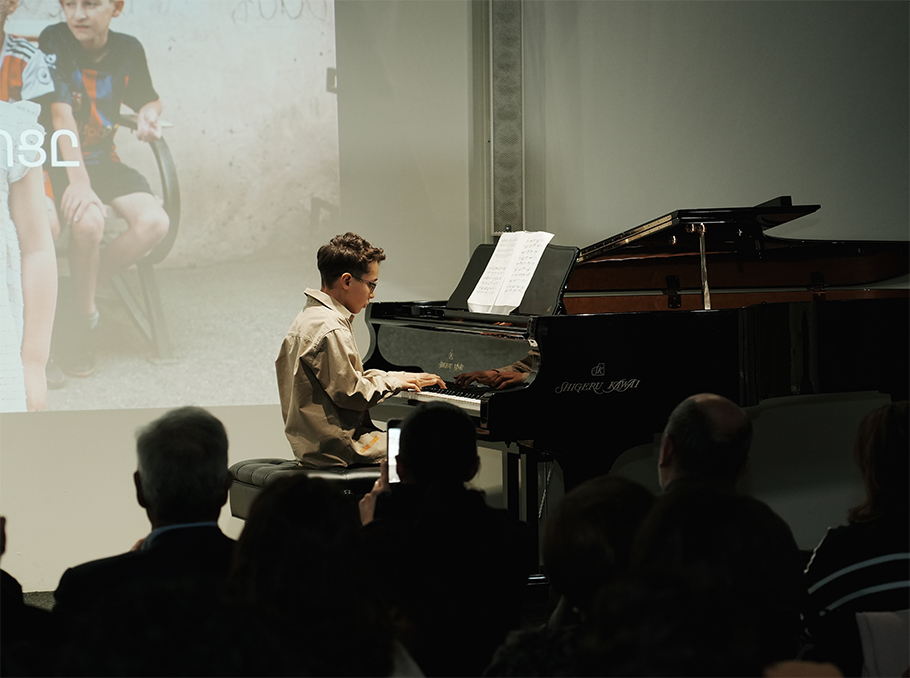
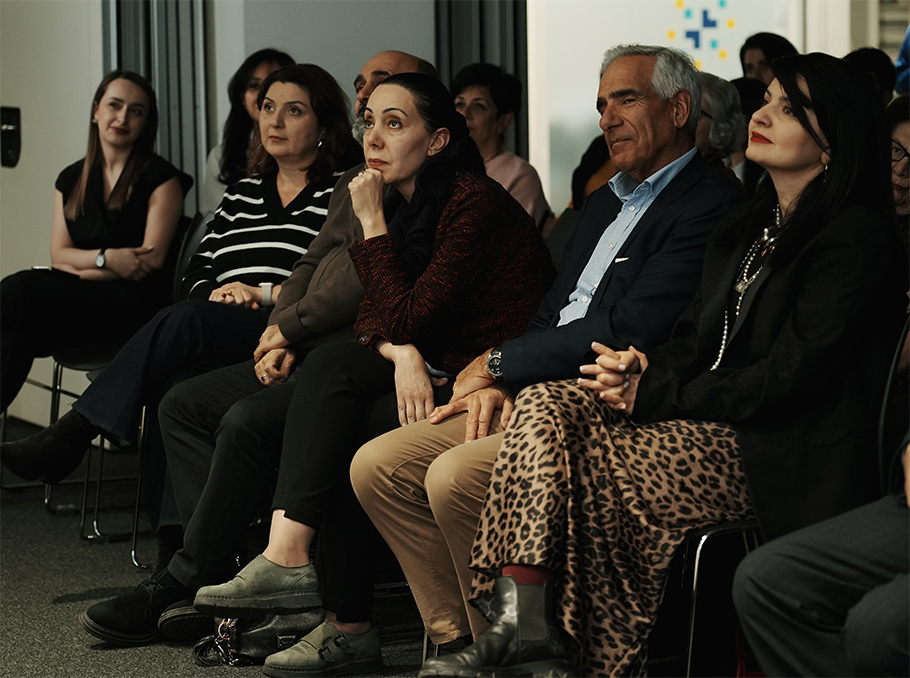
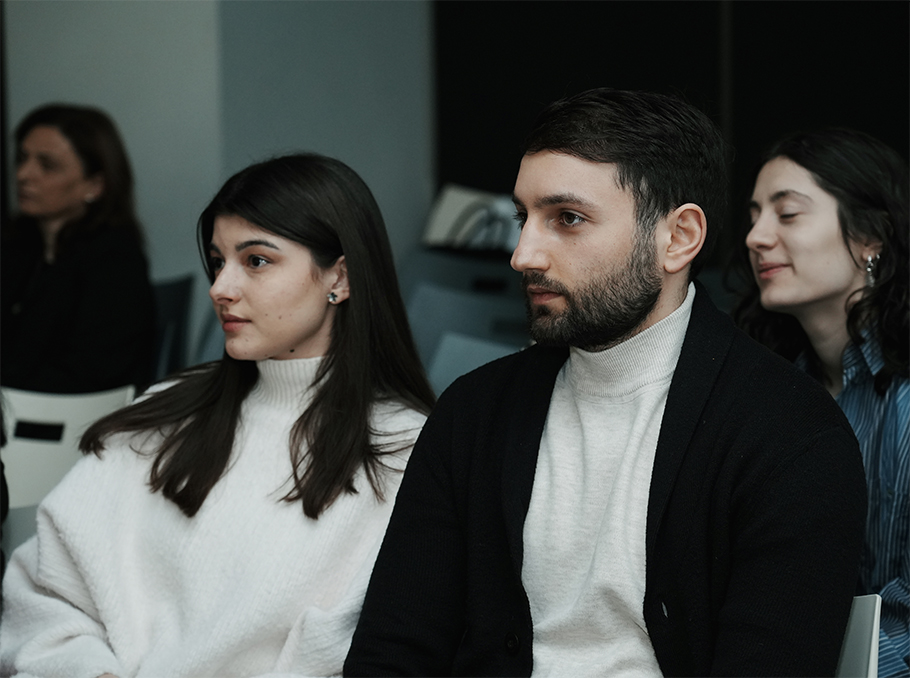
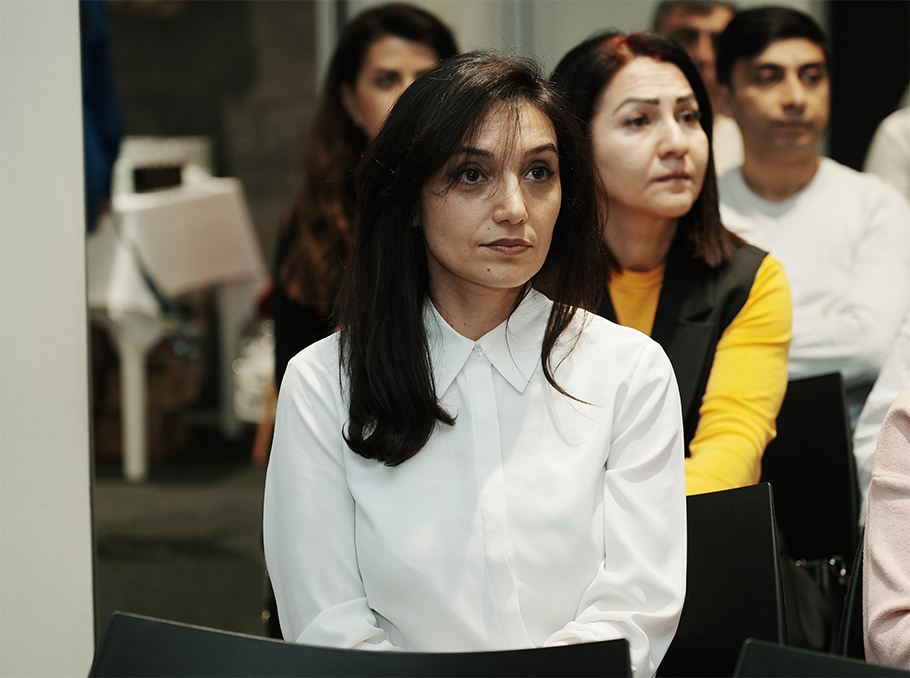
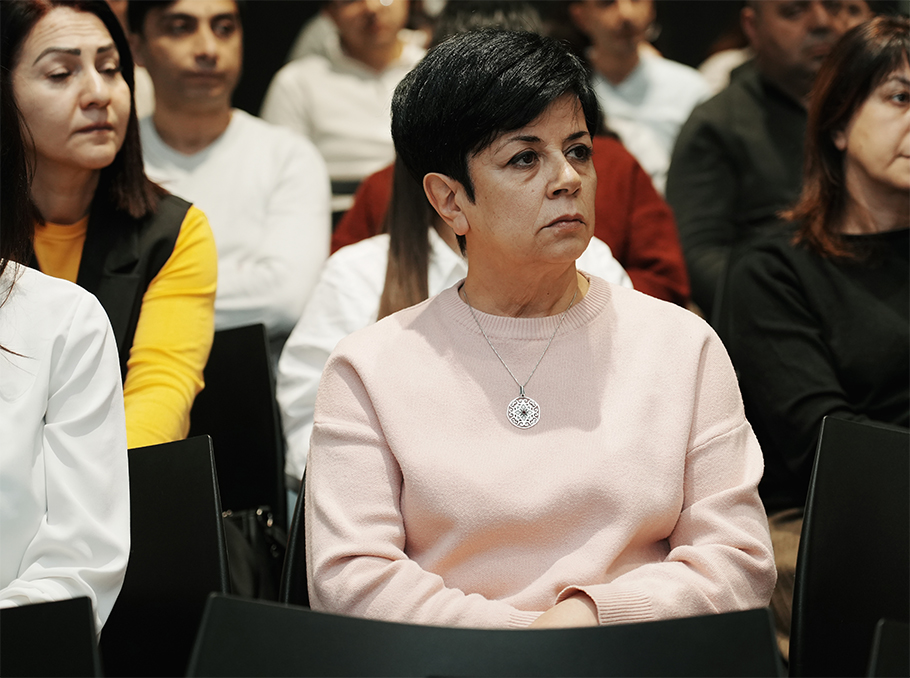
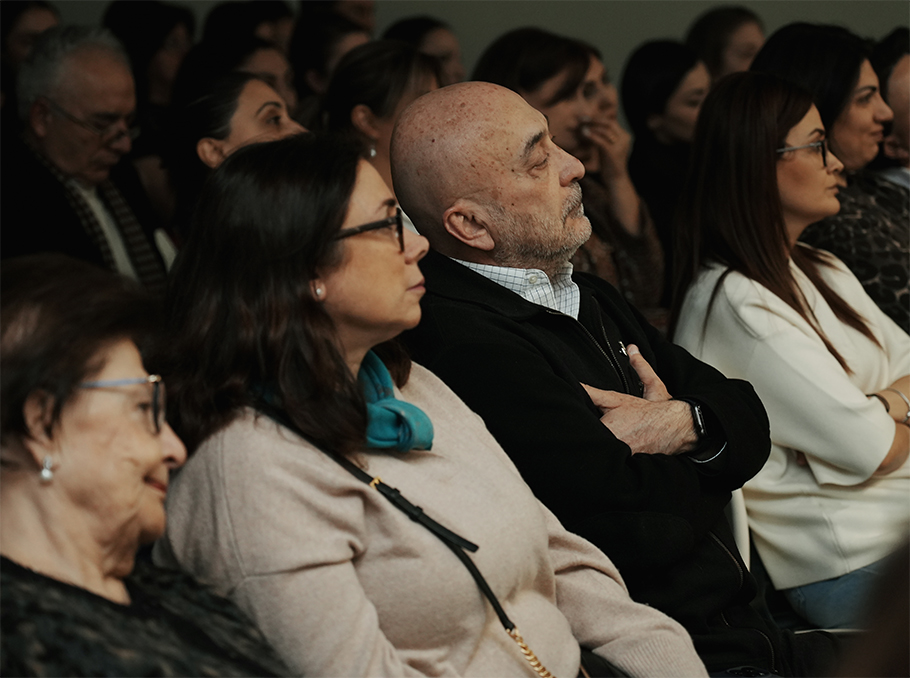
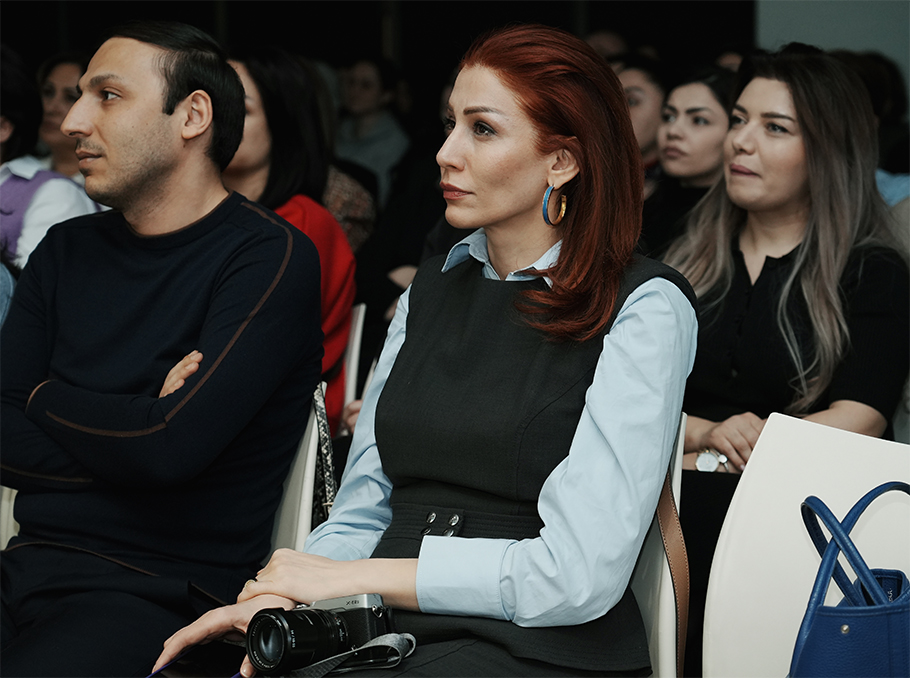
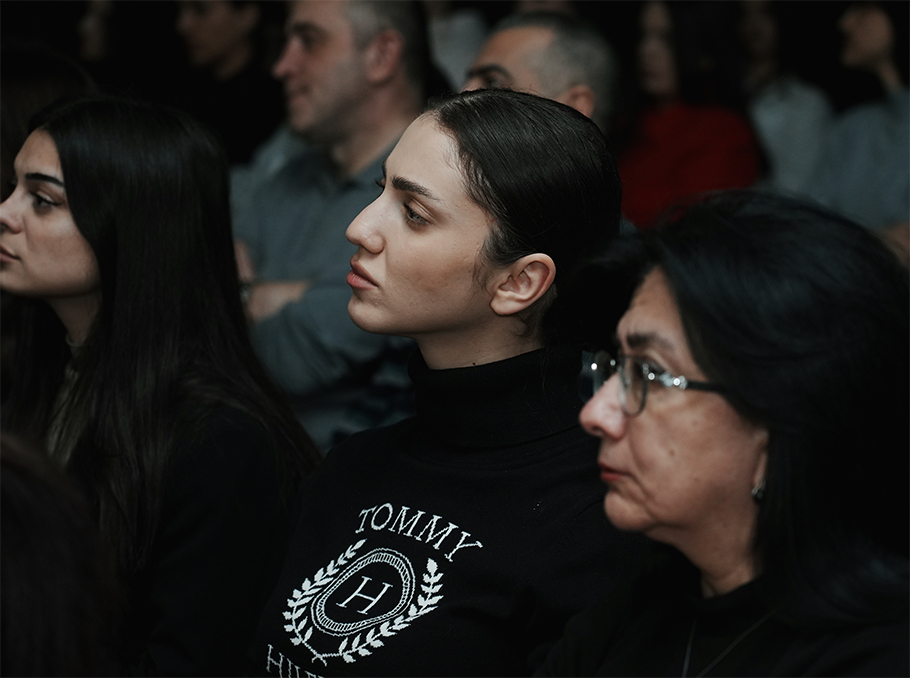







Comments
Dear visitors, You can place your opinion on the material using your Facebook account. Please, be polite and follow our simple rules: you are not allowed to make off - topic comments, place advertisements, use abusive and filthy language. The editorial staff reserves the right to moderate and delete comments in case of breach of the rules.